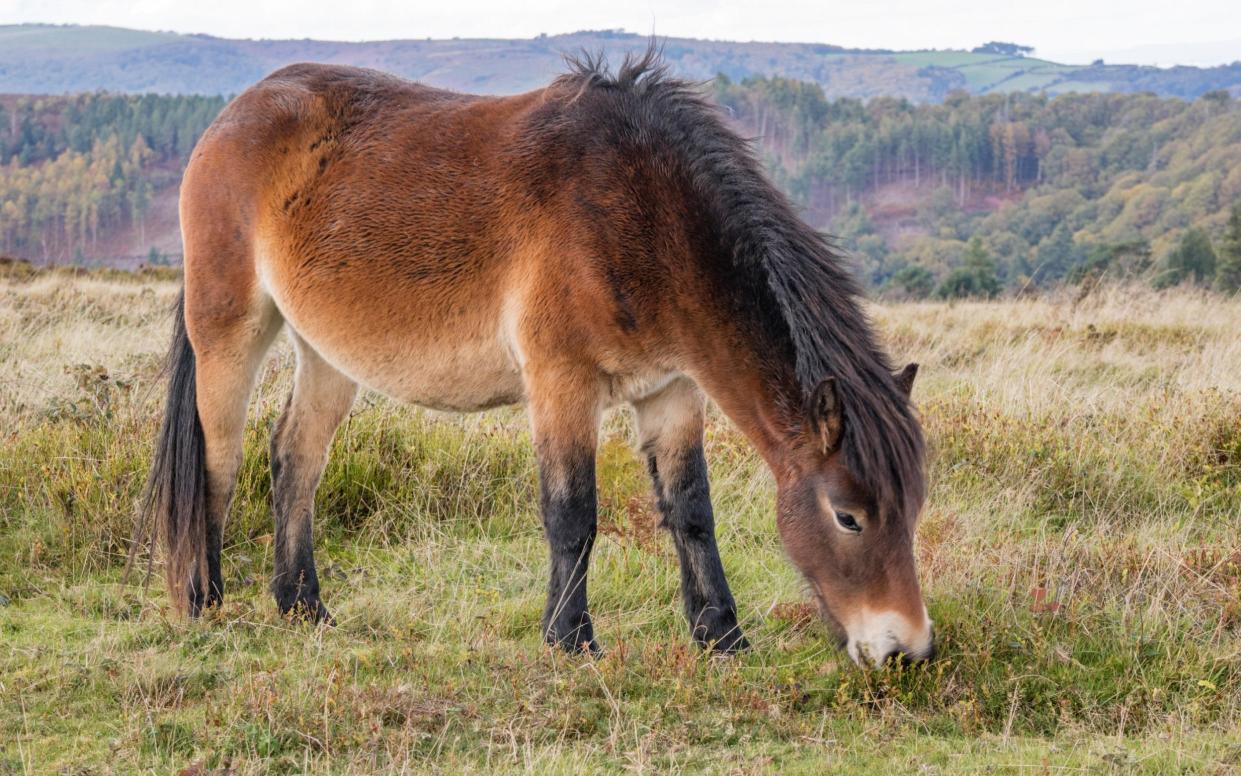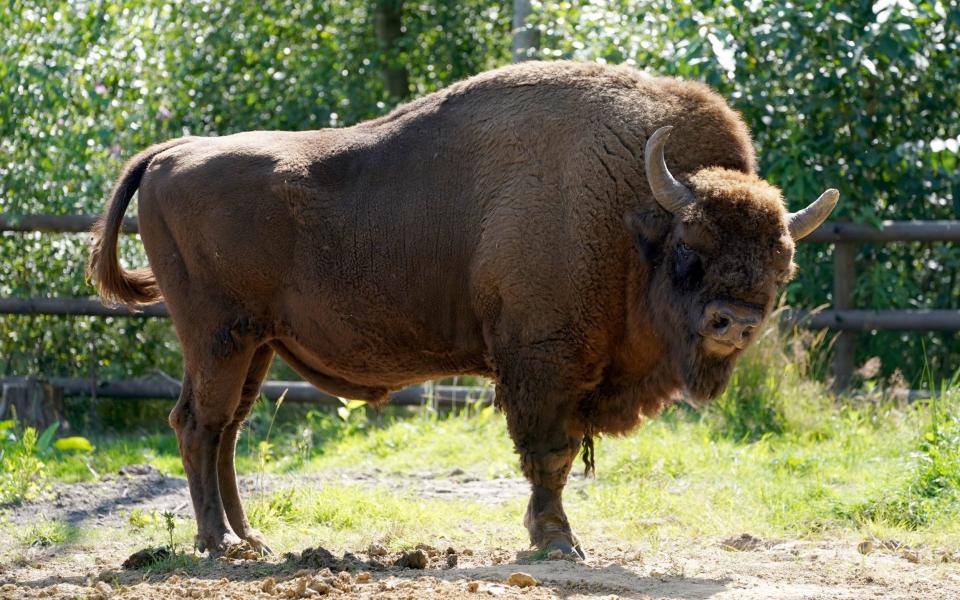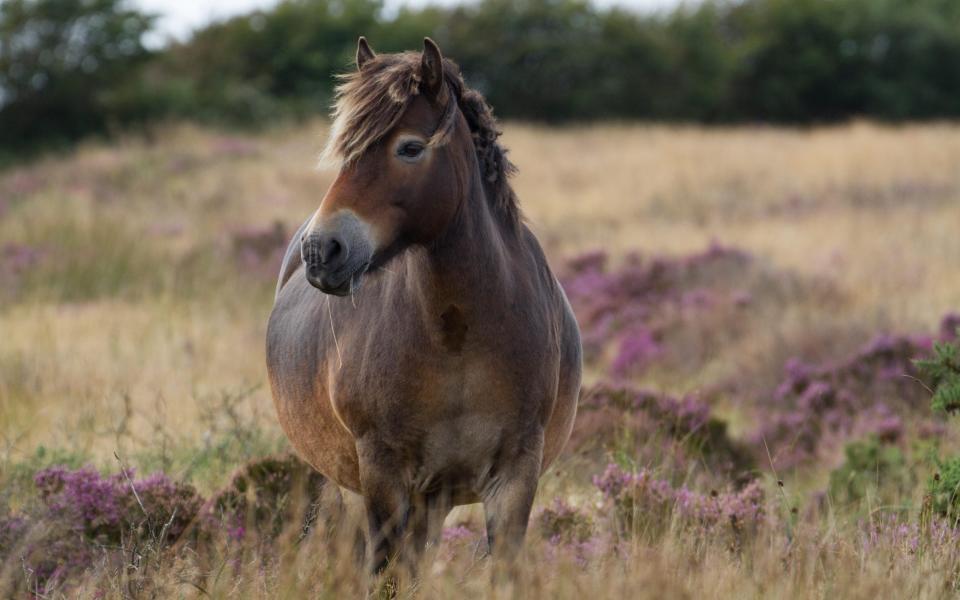The prehistoric pony being reintroduced to Kent to recreate ancient woodland

An ancient breed of ponies is to be introduced to Kent woodland to help return Britain to its native state.
Exmoor ponies have been released into the wild as part of the Wilder Blean project alongside Iron Age pigs, longhorn cattle and the European bison that are already there.
The bison family of a matriarch, two females, a bull and one calf are the first bison to roam in the UK since the species went extinct in Britain millennia ago.
Now, they have been joined by the three other species. The hope is the animals will work together to transform the area and manage it naturally.
Three ponies, four pigs and four cows will roam freely in the West Blean and Thornden Woods while the bison remain behind a fence in a 200 hectare area. Legislation considers them to be dangerous animals needing to be fenced off, despite experts calling them harmless and dubbing them “big, fluffy cows”.

Alison Ruyter, the area manager and lead on Wilder Grazing at Kent Wildlife Trust, told The Telegraph that the Exmoor ponies are the most ancient of the three new species being introduced to Kent.
“The Exmoor ponies would be the most unchanged by history,” she said.
“The Exmoor pony in its current form dates back to the Doomsday book... and there is some records of DNA matches going back to prehistoric times so this is hands down the most ancient of the breeds.”
“Longhorns of a similar type to the modern ones were around in medieval times, but most of the breeding and selection of the cow we have today comes from the 1700s and 1800s,” she added.
“The iron age pigs are a modern cross between wild boar and Tamworth pigs. Tamworths only came into being around the 1830s.
“There is speculation the ginger colour was imported from warmer climates and crossed with local breeds, so although the wild boar itself is a very ancient animal for the project, the Tamworth and its cross is a very modern invention by the other breed standards.”

The bison are known as ecosystem engineers as they change the landscape around them by having dust baths, debarking trees, and clearing paths through foliage.
Now, the addition of the “conservation grazers” will be added to the woodland to help the area thrive. Ongoing research will monitor the impact of each species, and allow scientists to compare the area with and without the new animals.
Ms Ruyter said: “Wilder grazing is about using native wild breeds of livestock to mimic the things that mega-herbivores would have done in the past when wild horses, Aurochs and bison roamed around the country. They were inextricably linked with their habitats and we want to mimic that using the animals available to us now.”
“The Long-horns have been chosen for their ability to graze woody twigs trees and scrub, opening up the canopy. The ponies target soft heavy vegetation creating space for different species in grassy and scrubby areas whereas the pigs will complement this by rooting around with their snouts, looking for roots and bulbs, disturbing the soil and causing seeds to grow, even if they have been dormant for some time.”
Mark Habben, the director of zoological operation for Wildwood Trust, said: “We had to jump over a huge number of hurdles to source the bison and get them over here. Now they’re settled and in their herd, it’s great to see them being joined by all the other species roaming through the forest doing their important work.”

 Yahoo News
Yahoo News 
